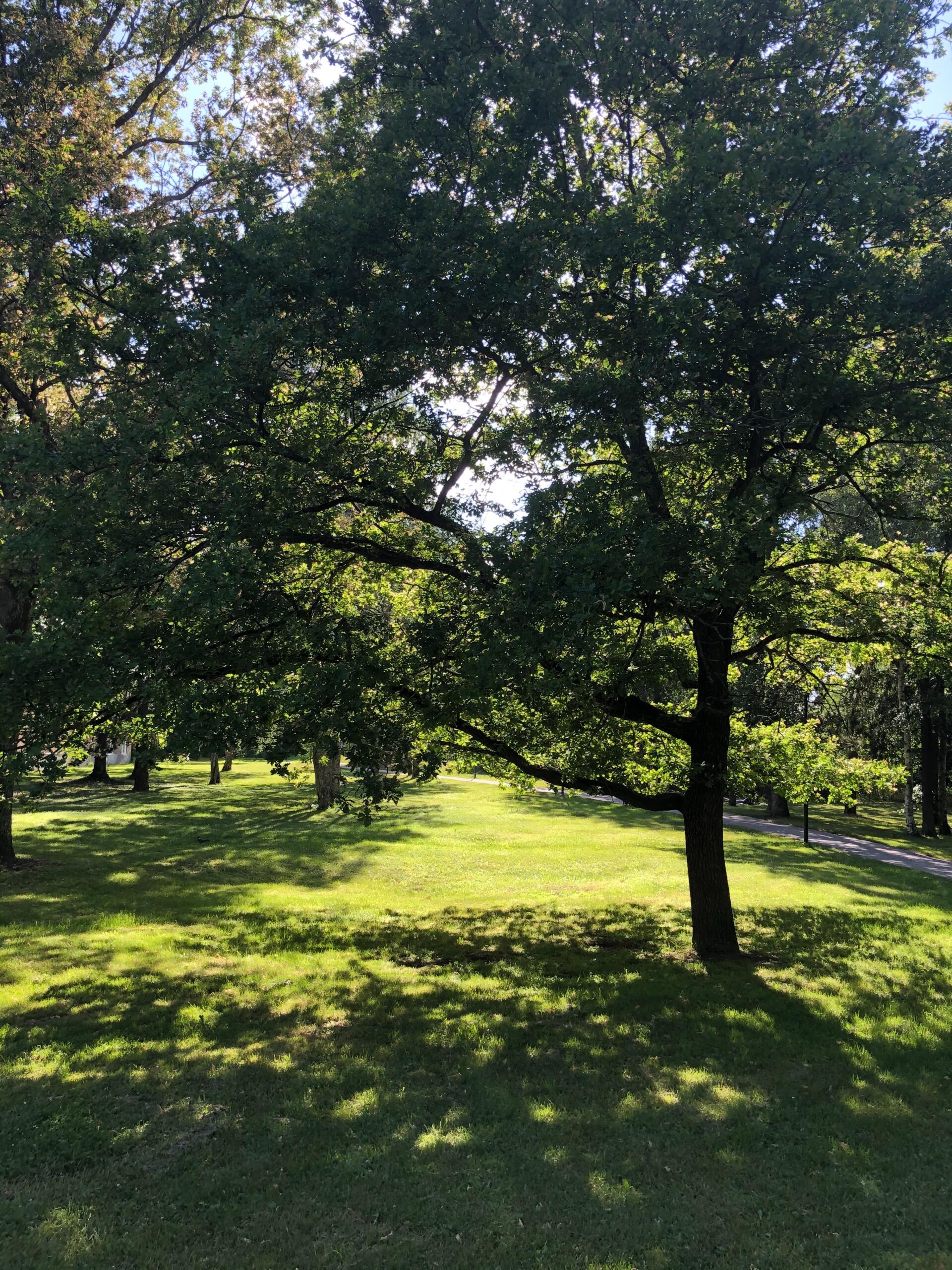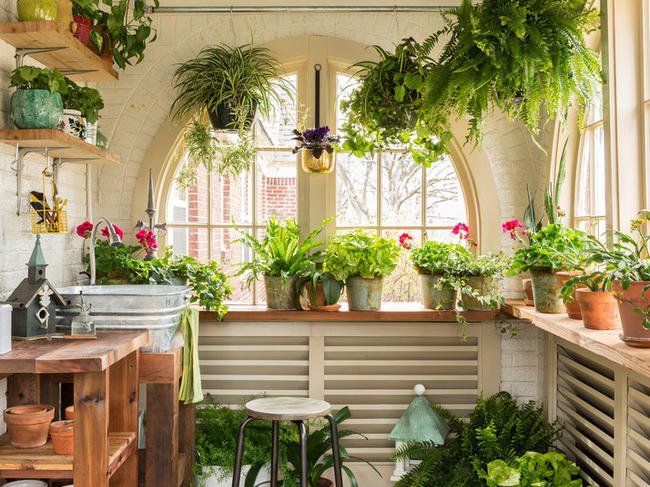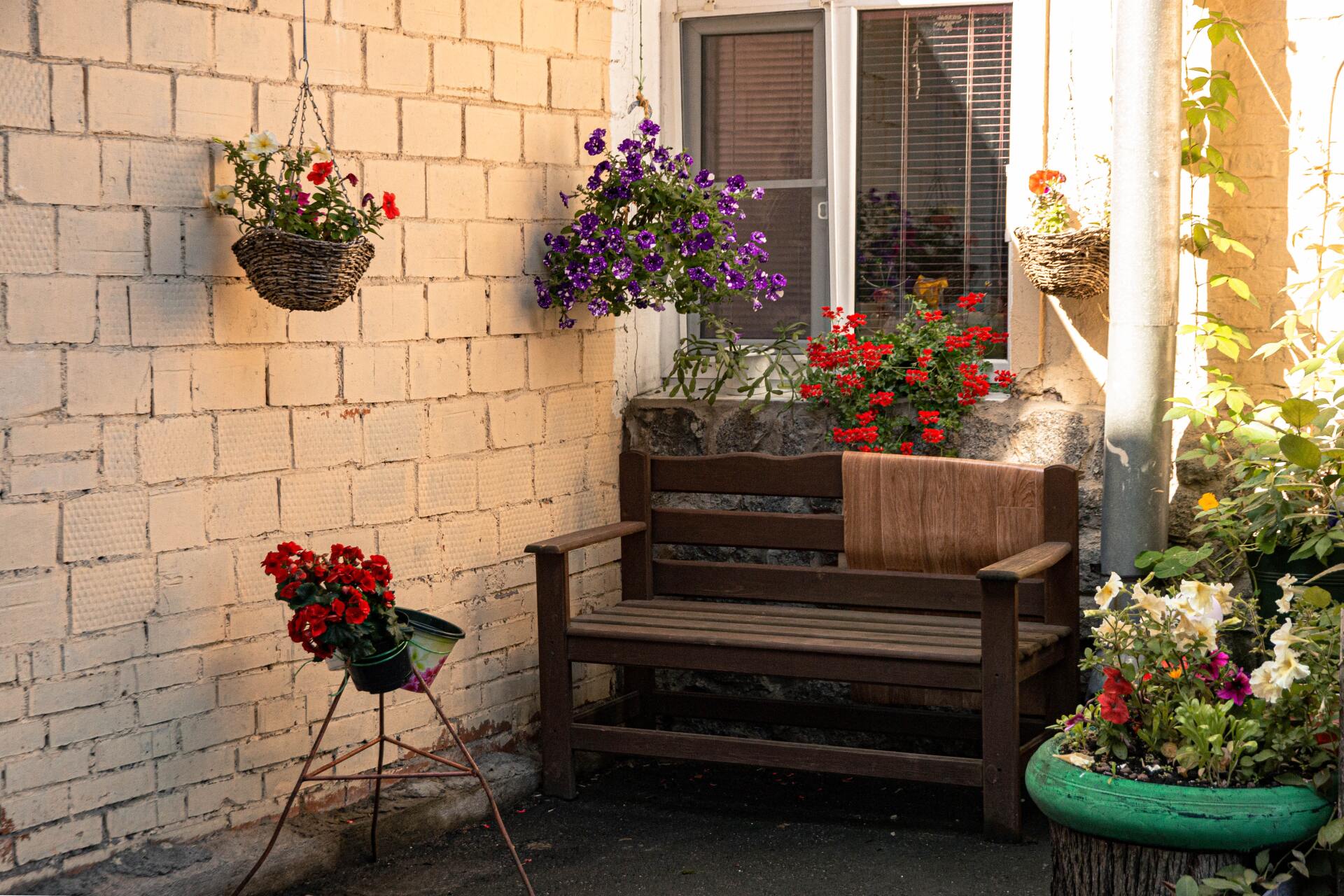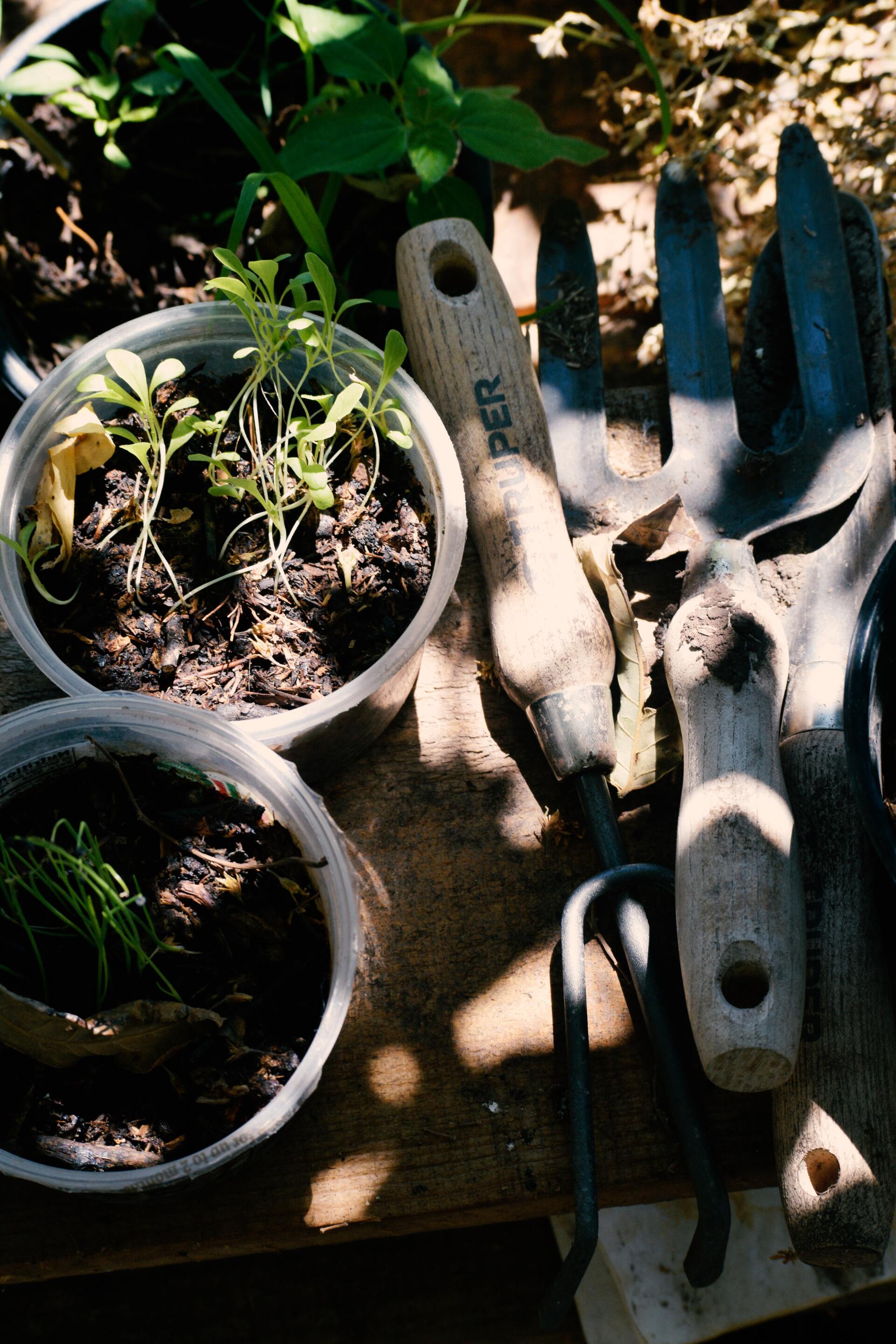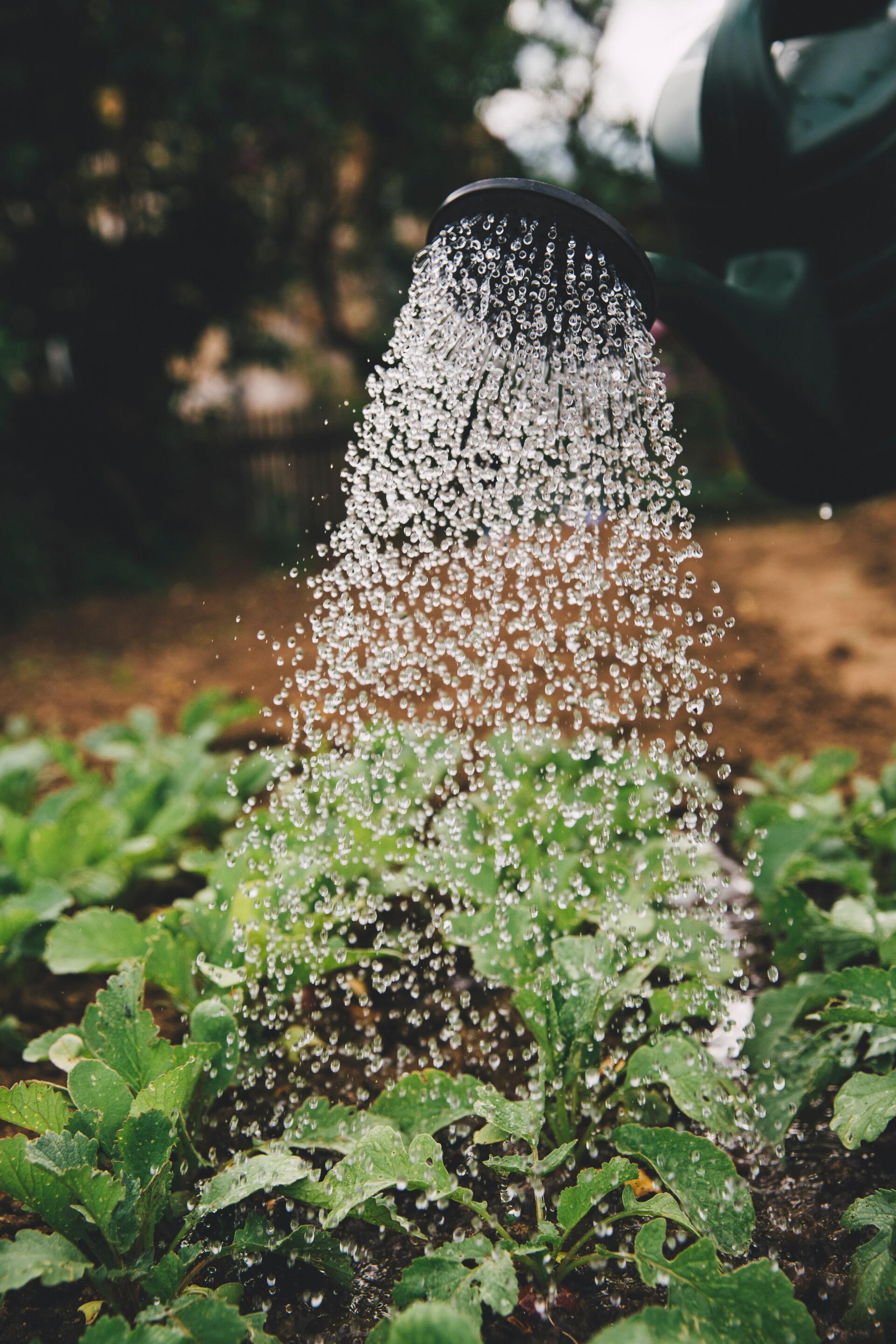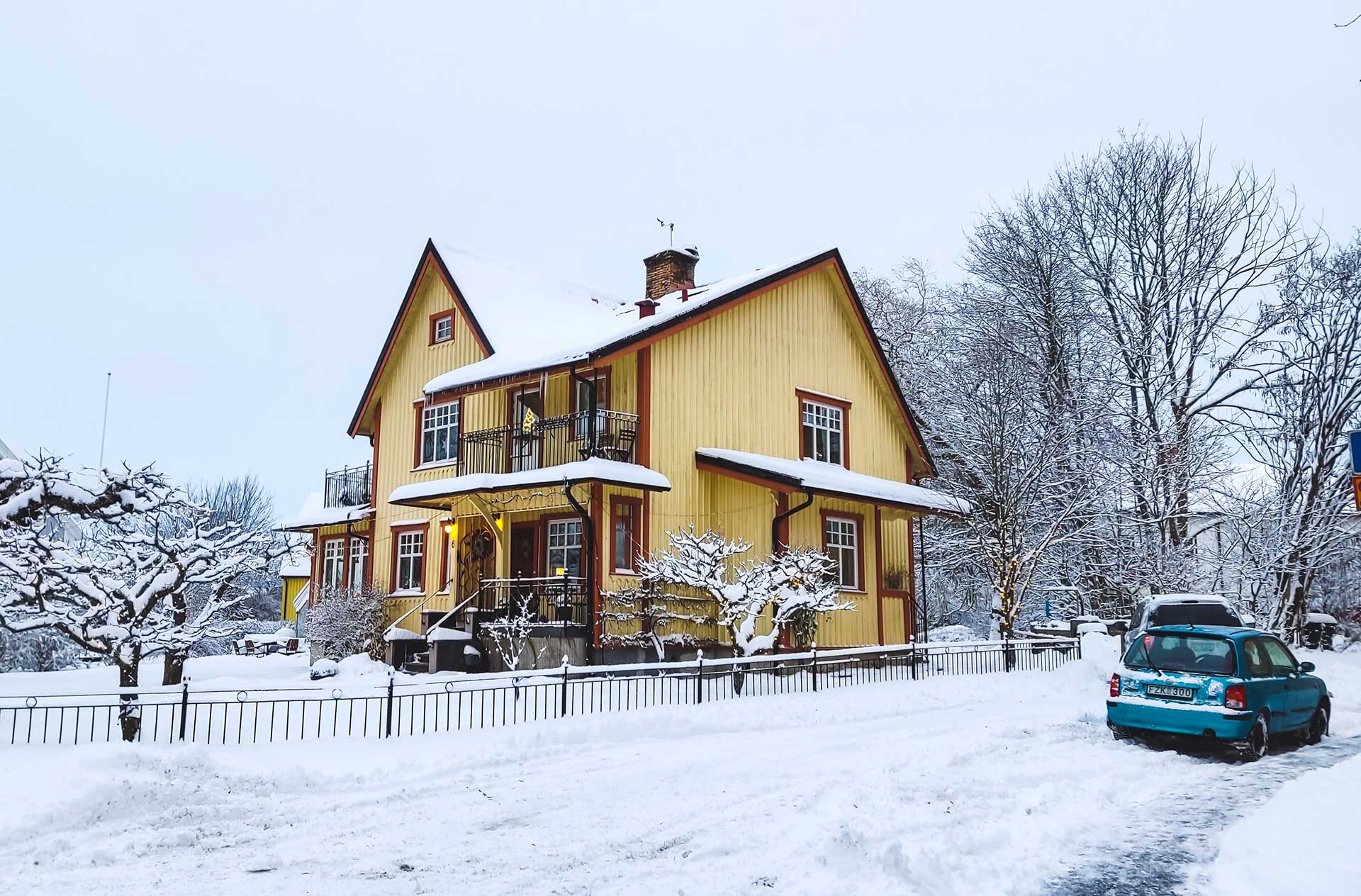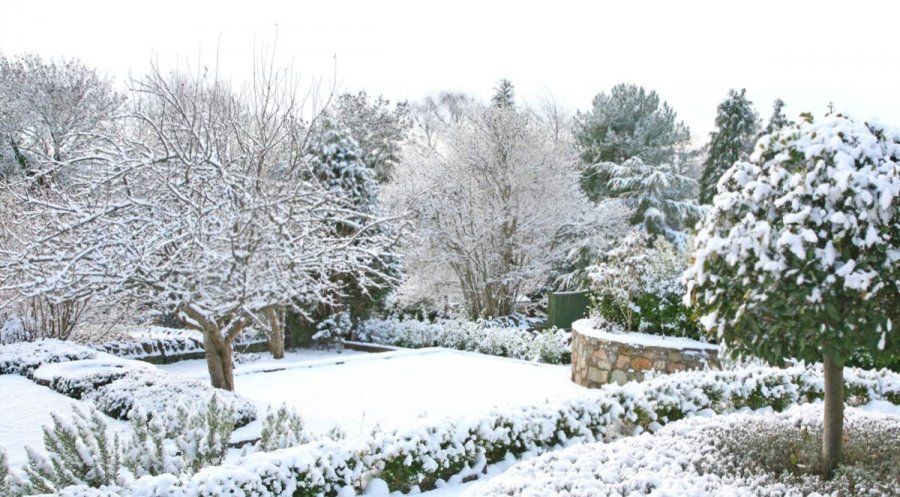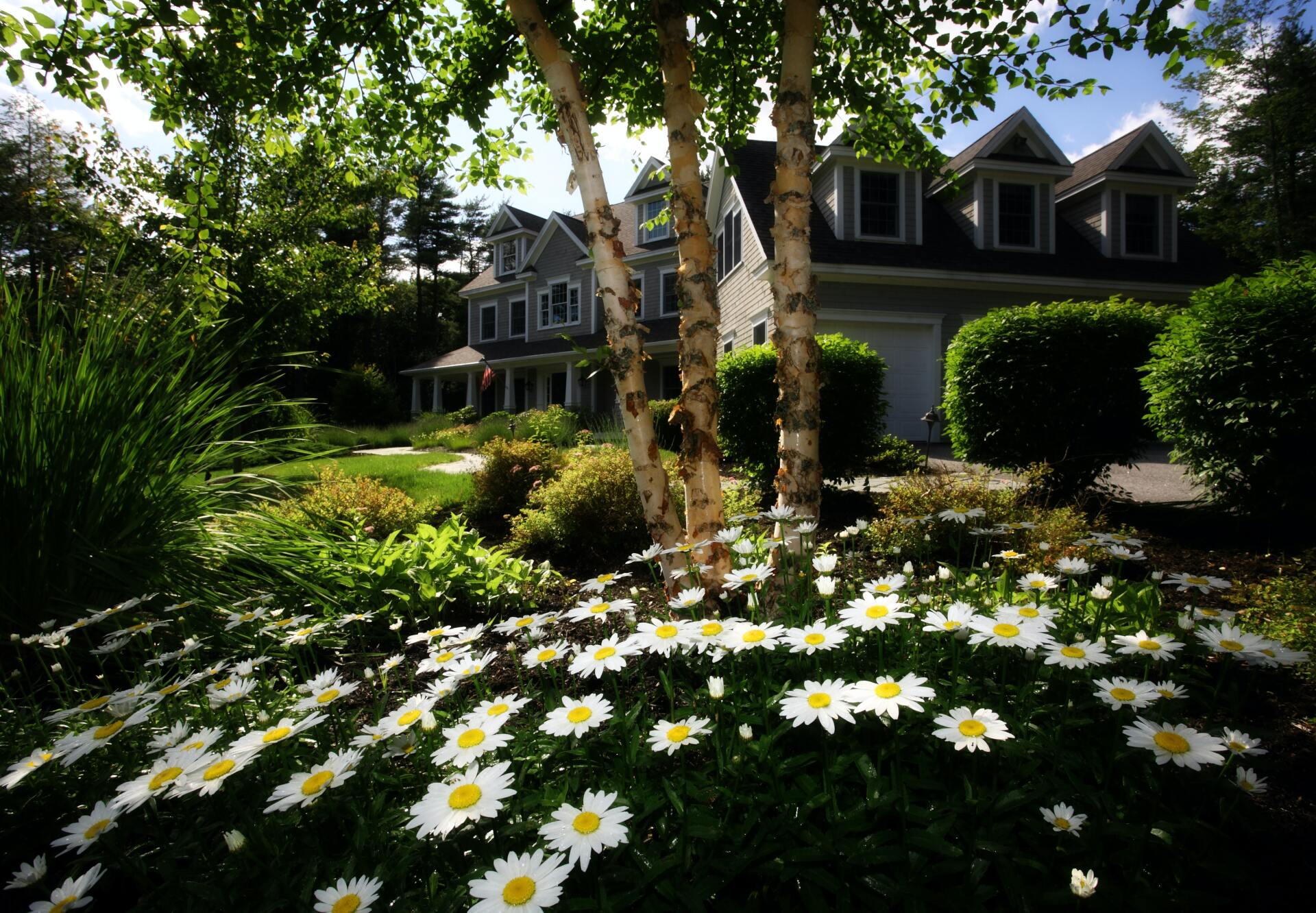Tips for Planting Vegetables in the Fall
Be Proactive and Start Early
A great fall garden needs to be started early. Plan ahead for what you want to plant and where, as by the time most start to think about their fall harvest, it’s too late. A successful fall garden relies on planting late-season crops in the peak of summer. Yes, you should actually plant in early and mid-August at the peak of heat and humidity for crops you want to pick all the way in October. This early start will give your crops time to grow to an adequate size while conditions are still viable.
There are a few exceptions; some fast-growing crops like lettuce and radishes can be planted into late September, but generally, fall crops should be planted in August. Broccoli, carrots, and other desirable fall crops need several months of perfect conditions to mature before frost and lower light intensities become an issue. If you’re on the fence about when to plant your crops, it’s almost always better to plant early.
Be Aware of Fall Crop Grow Times
The great thing about buying seeds from a retailer is that you’ll know exactly how long you have to wait until your crops grow to maturity. Each crop has a predictable lifespan which will be printed on the seed packaging or plant tag when you first purchase it. This lifespan is known as “days to maturity” and is a measurement of how long the crop will take to reach a harvestable size.
Although days to maturity will be slightly different depending on different planting and environmental conditions, the number will be generally accurate no matter where you are which soils you choose to use. A great rule of thumb to use is that you should plant your crops with enough time remaining that they have time to reach maturity before the first frost kicks in. Of course, frosting occurs at different times in different regions, but you can look up frost dates online.
Harvest Your Summer Crops Immediately
Growing crops at all time of the year is great, but you must harvest your spring and summer crops before planting those which will grow during the fall months. Space is limited in most gardens, so you have to manage it carefully; spring and summer plants which are still growing will not give you enough space or soil density to allow fall crops to grow. Early-season crops should be planted, harvested, and removed well before you plant the first seeds of your fall-time crops.
Clearing this space will ensure your soil is healthy enough to support other types of crops and has adequate nutrients and mineral distribution for your newly planted seeds. There are several crops which should be finishing the maturing process by midsummer, including: garlic, onions, potatoes, carrots, beets, cauliflower, and cabbage. Many spring salad greens will also be ready for the picking at this time.
Vegetables to Plant in a Fall Garden
Here’s a handy list of the best vegetables to plant in your fall garden:
• Beets
• Carrots
• Onions
• Broccoli
• Salad Greens
• Asparagus
• Garlic
• Scallions
All of these vegetables can survive the harsher conditions of all like low light and colder temperatures. Some will be ready to pick before the harsh winter sets in while others will easily survive the freezing of wintertime. Always check the back of your seed packets for more detailed harvesting information.

